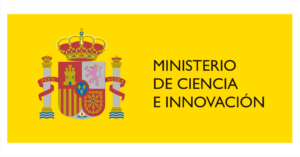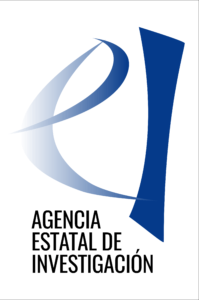
Keep up to date with our innovative initiatives.
Sign up here
Started at: 01-09-2022
Ends on: 31-08-2025
Budget: € 60.500
Areas: Media Internet Area (MIA), AI-Driven Systems, Digital Social Innovation (DST), Software Networks (SN) and Research and Innovation Policy and Strategy in Europe (RISE)
Within the HoloMIT-Net project, the i2CAT Foundation will develop the HoloMIT 2.0 platform, a key enabler for the next-generation Metaverse by providing outstanding real-time interactive and collaborative holo-portation (i.e. holographic tele-transportation) services, with volumetric users representations, over open heterogeneous 5G and beyond ecosystems. On the one hand, the project will contribute with a modular and adaptive end-to-end holo-portation platform and Software-as-a-Service (SaaS) leveraging the edge-cloud continuum and the capabilities of programmatic and elastic network architectures to increase the performance, adaptability, and scalability of holo-portation services. On the other hand, the project will contribute with novel accessibility-powered multi-modal features to enable truly interactive and collaborative multi-party holo-portation services in a variety of use cases (e.g., training, culture, corporate meetings, gamification), to be also explored and selected within the project via user-centric activities.
The envisioned technological contributions will be backward-compatible with current infrastructure and off-the-shelf equipment, as well as based on standards-compliant extensions to current technologies, protocols, and formats. This will increase the chances of successful deployment and adoption, avoiding interoperability issues, but also the ability to incorporate new (even third-party) functionalities and other alternative components to the HoloMIT 2.0 platform. Likewise, the project’s contributions will be assessed, validated, and demonstrated in a variety of pilot actions over real 5G and beyond scenarios, by leveraging its own available network and processing infrastructure. In essence, HoloMIT 2.0 will provide beyond state-of-the-art contributions in the networking and immersive technologies domains, with high potential in different verticals, and bringing sustainability, societal and economic impact.
The project will provide outstanding technological contributions in different research scopes:
– Smart network (5G and beyond), cloud continuum and virtualization.
– AI-driven orchestration and network architectures.
– Multi-party immersive communications.
These contributions will be provided as individual components, modules and algorithms, but most interestingly, as a full-fledged and modular system, platform and even Software-as-a-Service (SaaS) to enable an effective deployment of real-time multi-party hold-portation services over distributed and heterogeneous network environments, while guaranteeing scalability, adaptability, reliability and satisfactory QoS/QoE levels. These contributions will be backwards-compatible with current infrastructure and equipment, as well as based on standards-compliant extensions to current technologies, protocols and formats. This will increase the chances of successful deployment and adoption, avoiding interoperability issues, but also the ability to incorporate new functionalities and other alternative components to the platform, even by third-party agents. Finally, the scientific-technical outcomes from the project will contribute to the selected Society Challenge (7) in several aspects:
– Providing novel planning strategies needed for the operation of 5G and future networks (6G).
– Bringing computing continuum infrastructure for future services.
– Enabling next-generation XR technologies and services to increase the competitiveness of various sectors, like Creative Industries, education, culture and tourism.
This is also aligned with the Horizon Europe and Smart NetworkServices (SNS) Work Programs (WPs). The project will contribute with high-impact journal and conference publications, standard-compliant technological solutions (to be proposed for standardization, or at least published as White Papers), open-source software, open-science datasets, and ideally with exploitable results in terms of patents, licenses, or even generation of spin-offs.



Grant PID2021-126551OB-C21 funded by MCIN/AEI/ 10.13039/501100011033 and by the “European Union NextGenerationEU/PRTR